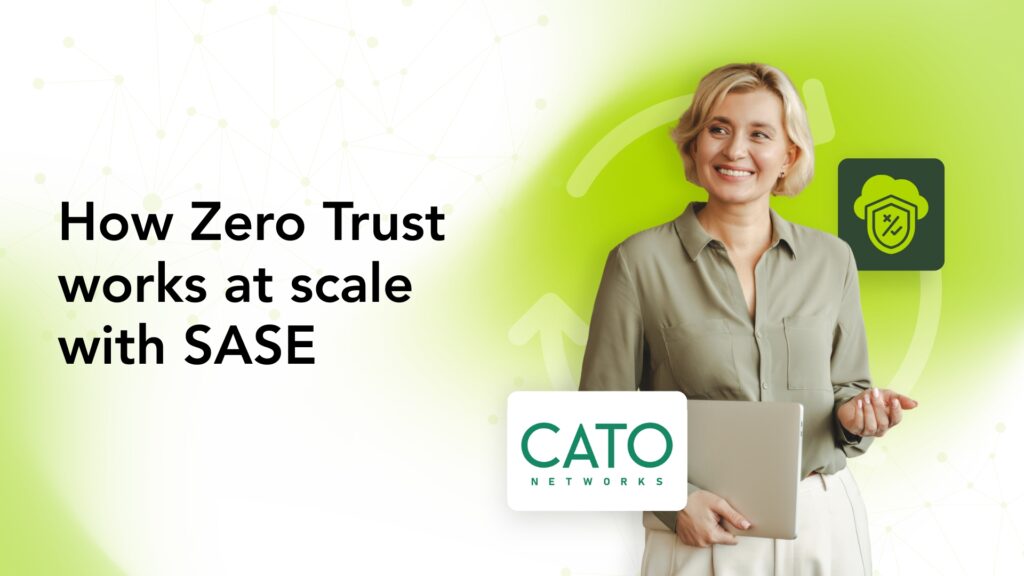SIP is making a splash in the business world, especially since over half the workforce in the US is remote.
SIP stands for Session Initiation Protocol. It’s a way for people to communicate via the internet, like voice, video, chat, and instant messaging. It’s a crucial aspect of VoIP (Voice over Internet Protocol), like Google Voice, Microsoft Teams, and WhatsApp.
Most people use SIP daily and do not know it. Explaining SIP is tricky becauseit involves a lot of computer jargon. Today, we’re breaking down the fundamentals of SIP so you can leave feeling confident instead of confused.
How Does SIP Work?
The IETF (Internet Engineering Task Force) standardized SIP in 1999 in RFC 3261. SIP was created to provide a signaling and call setup protocol for internet telephony devices. It was designed to have the same features as a PSTN (public switched telephone network).

Many people have at least heard of HTTP (Hypertext Transfer Protocol). HTTP is the foundation of the internet. It loads pages, transfers data, and shares photos. An HTTP request and response must be exchanged to view anything on the web.
SIP works like HTTP only for internet telephony systems, or VoIP. SIP defines messages and their endpoints and supports the foundation of the call.
The Difference Between VoIP and SIP
You’re probably wondering how VoIP and SIP differ. The two aren’t usually separate. They often are used together. However, they are not the same thing.
VoIP is a set of protocols used to communicate via the internet. SIP is one of the protocols that enable VoIP.
Ultimately, VoIP deals primarily with voice communication over a network. SIP permits communication through various options, like video and instant messaging.
SIP Features
So why use SIP? Let’s take a look at some of SIP’s features:
- SIP is not restricted to a media type and adapts as media technologies evolve.
- Software using the basic SIP protocol can grow with additional capabilities, making the software evergreen.
- SIP can take advantage of new transport protocols.
- SIP users can register their current location with their home server, allowing user flexibility.
- SIP supports end-to-end encryption and hop-by-hop authentication. Users can establish the parameters of a request when a call is initiated.
- Members in a SIP session can communicate using multicast, unicast, or both. This involves data packets (more on that below).
Requirements for Communicating Through SIP
So, you’ve decided you want to transition to SIP. Great! But what do you need to get started? If you’re going to transition to SIP, you need to check a few boxes:
- People to talk to: This could be a client, customer, or friend. Whomever you choose, this person(s) needs to use SIP too if you want the calls to be free. You can share SIP addresses like phone numbers.
- SIP address and account: An SIP provider gives you an address for free and you can register for an account online.
- A SIP client: A SIP client contains features like softphone functionality and gives you an interface for communication. It’s a program that you install on your computer or phone. The applications are free if they come from VoIP service providers if you use their VoIP service, but there are other clients to choose from.
- A SIP proxy server: A SIP proxy server manages and directs all SIP-based communication data packets. It works as a middleman for all SIP communication and is a critical component of the PBX.
- A solid internet connection: A reliable internet connection is required. Specifically, you need ample bandwidth for voice and video communication.
- Talking devices: Any talking device like a headset, earpiece, phone, or video will do.
At Momentum, we help clients discover new communication solutions all the time, including SIP trunking and IP PBX. Get in touch with us if you’re serious about transitioning to SIP.
TCP vs UDP: Which One Does SIP Use?
TCP (Transmission Control Protocol) and UDP (User Datagram Protocol) are transport protocols. They are ways to send data packets. A packet is a small part of a larger message. It’s a unit of data that travels along a networking path.
TCP and UDP have advantages and disadvantages. Let’s take a closer look at what these are.
TCP
TCP is great for accuracy. TCP uses the three-way handshake, a method designed so that two computers can negotiate the parameters of the network TCP socket connection. The sender must receive a confirmation response to send the following data packet. If the receiver doesn’t send this confirmation, the data packet is resent.
Applications where accuracy is crucial utilize TCP. TCP is for host-to-host communication. Data packets are sent one at a time, like a letter through the post office. One letter at a time ensures the letter will not be lost and arrives at the correct location.

UDP
In contrast, UDP is great for speed. UDP authorizes the transfer of data before the receiver provides the agreement. Data packets are sent out of order without confirmation. In some situations, like video chat, it’s preferred to deal with some lag than wait on confirmation.
UDP establishes low-latency and loss-tolerating connections between applications. It’s for process-to-process communications.
Why Use SIP?
SIP is an essential aspect of our digital world. It allows us to communicate with other people online and evolves with multimedia.
SIP replaces traditional phones and cuts costs for individuals and businesses worldwide. Almost every industry has internet these days. The great part about SIP is that you don’t need to invest in an infrastructure upgrade. You can scale on the go and grow!
Still interested? Contact Momentum. We’ve helped thousands of customers with SIP trunking and Cloud PBX. We can help you too!
Ready to modernize your legacy phone system? Let’s chat! Send us an email, and one of our helpful team members will get back to you asap.



